Handstands are more than just a flashy skill, they’re an incredible way to enhance overall fitness. But to master them, we need to pay close attention to our wrists. These small joints bear a significant load during handstands, making a proper wrists stretches are crucial. Let’s delve into How to Warm Up Your Wrists for Handstands? Why it’s matters and how it connects to the benefits of handstands.
To Warm Up your Wrists for Handstands, you should do some exercises that involve moving, stretching, and strengthening your wrists in different directions, exercises are:
- Wrist Rolls by Rotating a Stick
- Wrist Circles by Rotate your Wrists in Circles
- Palms Up by facing Fingers Toward your Body
- Palms Down with Fingers Sideways
- Prayer Stretch
- Wrist Extensor Stretch
- Wrist Flexor Stretch
- Wrist Push-ups
- Handstands Against a Wall
Handstands are one of the most impressive and challenging skills that you can master. They require strength, balance, flexibility, and coordination. But before you can start practicing handstands, you need to make sure that your wrists are properly warmed up, that we will demonstrate and explain in this article.
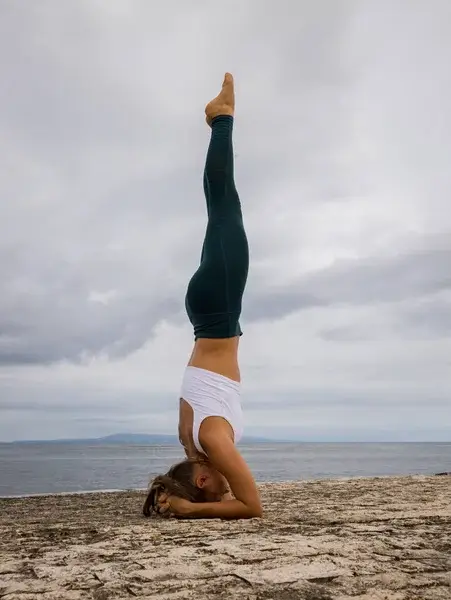
Before start the wrist stretches exercises, Let’s understand the wrist anatomy and biomechanics first, which can help you to improve handstand performance and prevent wrist injuries. Also to realize the reason why to warm up wrist before bearing handstand practice.
Exploring Wrist Anatomy: Foundation for Handstand Stability
The wrist is a complex and versatile joint that connects the hand to the forearm. It allows the hand to perform a wide range of movements, such as bending, straightening, rotating, and moving side to side. The wrist is also essential for maintaining stability and balance when performing handstands, as it supports the body weight and adjusts to different angles and surfaces.
The wrist consists of three main components: Bones, Ligaments, and the Muscles. Each component has a specific role and function in the wrist anatomy and biomechanics.
-
A. Wrist Bones
The bones of the wrist are divided into two groups: the Carpal bones and the Forearm bones. The Carpal bones are eight small and irregularly shaped bones that form the base of the hand. They are arranged in two rows: the proximal row, which is closer to the forearm, and the distal row, which is closer to the fingers.
The Forearm bones are the radius and the ulna, which are the long bones that extend from the elbow to the wrist.
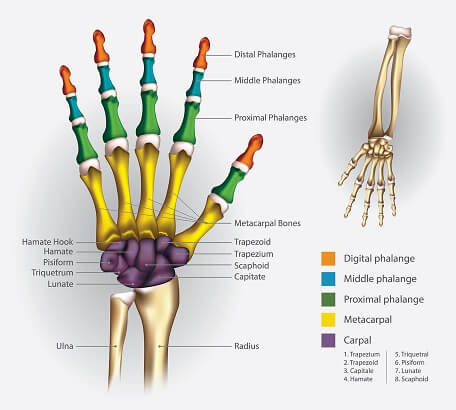
-
B. Wrist Ligaments
The ligaments of the wrist are the bands of fibrous tissue that connect the bones and stabilize the joints. The ligaments have many functions as:
-
- It helps to prevent excessive flexion or extension of the wrist.
- Prevent moving the wrist toward the thumb side.
- Prevent moving the wrist toward the pinky side.
- Transfer forces between the two group bones and maintain their alignment.
-
C. Wrist Muscles
The muscles of the wrist are the groups of tissue that contract and relax to produce movement and provide strength and stability. Most of the muscles that act on the wrist are located in the forearm, with only their tendons crossing the wrist and attaching to the hand. The muscles of the wrist can be classified into two groups: the Extensors and the Flexors.
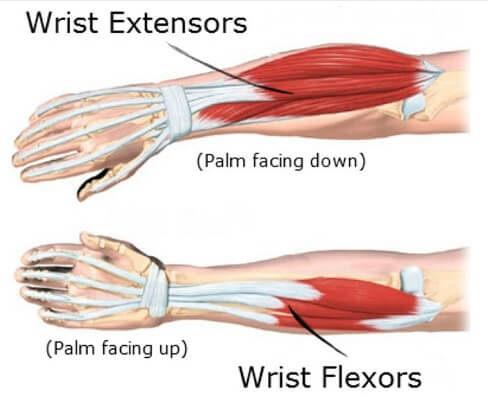
“Image source: Stephen Burke”
The Extensors are the muscles that extend the wrist, which means pulling the hand back as if pulling a ring pull. They are located on the back of the forearm.
The Flexors are the muscles that flex the wrist, which means bending the hand forward as if pushing a roundabout. They are located on the front of the forearm.
How the Wrist Anatomy Affect Handstand Performance
The wrist enables the hand to perform various functions and activities. The wrist is also a crucial component for achieving handstand constancy and balance, as it supports the body weight and adapts to different positions and surfaces.
To perform a handstand, the wrist must be able to extend to 90 degrees or more, which requires adequate mobility and strength of the wrist extensors.
The wrist must also be able to resist the forces and pressures that are applied to it during the handstand, which requires adequate stability and endurance of the wrist ligaments and muscles.
Exercises of How to Warm Up Your Wrists for Handstands
Your wrists are the foundation of your handstand, and they need to be able to support your body weight and move in different directions. Without a good wrist warm-up, you risk injuring yourself and limiting your progress. That’s why we have prepared this guide for you, where we will show you some exercises that will help you warm up your wrists for handstands.
These exercises are divided into three categories: Dynamic, Static, and Strengthening.
By doing these exercises regularly, you will improve your wrist mobility, flexibility, and stability, and you will be ready to take on the challenge of handstands. So, Let’s get Started!
A. Dynamic Wrist Warm-up Technique
These are exercises that involve moving your wrists through a range of motion without holding a position. They help to increase blood flow, lubricate the joints, and prepare the muscles for more intense activity.
-
Wrist Rolls by Rotating a stick
To do Wrist Rolls, you will need a stick or a bar that is light and easy to hold. You can also use a broomstick, or a wooden spoon. You can also increase the intensity of the exercise by attaching a cord between the stick you are holding and a weight at the end of the cord. Here are the steps to do wrist rolls without cord:
- Stand up straight with your feet shoulder-width apart and your arms extended in front of you. Hold the stick or the bar with both hands, palms facing down, and about shoulder-width apart. This is your starting position.
- Slowly rotate your wrists inward, for 30 seconds. Keep your arms straight and your elbows locked. You should feel a stretch in your forearms and wrists.
- Slowly rotate your wrists outward, for 30 seconds. This is one repetition.
- Do as many repetitions as you can, or for a set amount of time. You can also change the direction of rotation, So you start by flipping your hands, with your palms are facing up and then rotating them outward.
- Rest for a few seconds and repeat for another set.

# Some tips for doing wrist rolls correctly and avoiding wrong movements are:
- Keep your shoulders relaxed and your chest open. Do not shrug your shoulders or round your upper back.
- Keep your grip light and your fingers relaxed. Do not squeeze the stick too hard.
- Breathe deeply and rhythmically. Do not hold your breath.
- If you use a cord, start with a light weight. Gradually increase the weight as you get stronger.
-
Wrist Circles by Rotate your Wrists in Circles
Wrist circles are another good exercise to warm up the wrist preparing for handstand, that increase the range of motion, blood flow in the wrist joint and the forearm muscles. To do wrist circles, you will need a comfortable space where you can move your arms freely. You can do wrist circles by standing or sitting, as long as you keep your posture straight and your shoulders relaxed. Here are the steps to do wrist circles exercise:
- Extend your arms in front of you at shoulder level, making a fist, with your palms facing down. This is your starting position.
- Slowly rotate your wrists clockwise, making small circles with your hands. Keep your arms straight and your elbows locked. You should feel a gentle stretch in your wrists and forearms.
- Do as many circles as you can, or for a set amount of time. You can also change the size of the circles, making them bigger or smaller.
- Reverse the direction of rotation, and do the same number of circles or time counterclockwise. This is one set.
- Rest for a few seconds and repeat for another set.

# Some tips to do wrist circles correctly, and avoiding wrong movements are:
- Keep your grip light and your fingers relaxed. Do not clench your fists tightly.
- Inhale and exhale deeply. Do not hold it.
- Start with small circles and slow rotations. Gradually increase the size and speed of the circles as you get more comfortable and flexible.
-
Palms Up by facing Fingers Toward your Body
- Stand up straight while extend your arms in front of you at shoulder level, by keeping them parallel to the ground.
- Turn your palms up so that the fingers point toward the ceiling, and the back of your fingers points toward your body.
- Gently bend your wrists and curl your fingers inward, feeling a stretch in your forearms and wrists.
- Hold this position for 10 to 15 seconds.
- Slowly straighten your wrists and return to the starting position.
- Repeat this exercise 3 to 5 times.
-
Palms Down with Fingers Sideways
- Stand up straight and extend your arms in front of you to be parallel to ground.
- Rotate your palms so that they face down and your fingers point sideways, either to the left or to the right.
- Gently bend your wrists and curl your fingers inward, feeling a stretch in your forearms and wrists.
- Hold this position for 10 to 15 seconds, then straighten your hands.
- Repeat this exercise 4 to 6 times.
B. Static Wrist Stretches for Mobility
These are exercises that involve holding a position for a certain amount of time to stretch the muscles and tendons. They help to increase flexibility, reduce stiffness, and prevent injury.
-
Prayer Stretch
- Stand up straight and bring your palms together in front of your chest just below your chin, as if you are praying.
- Keep your elbows close to your body and your fingers pointing upward.
- Slowly lower your hands toward your waist, keeping your palms pressed together and your fingers pointing upward.
- Until you feel a mild to moderate stretch in your wrists and forearms as you lower your hands.
- Hold this position for 10 to 15 seconds, then raise your hands back to starting position.
- Repeat the exercise 3 to 5 times, or as needed.
 “Image source: Ask Doctor Jo”
“Image source: Ask Doctor Jo”
-
Wrist Extensor Stretch
- Stand up straight and extend your right arm in front of you to be parallel to floor.
- Bend your right wrist down, so that your fingers point down to floor.
- Use your left palm hand to gently pull your right fingers toward your body, feeling a stretch in the back of your right forearm and wrist.
- Hold this position for 10 to 12 seconds, then relax your right wrist.
- Repeat this exercise with your left arm, then do it 3 to 5 times with each arm.
-
Wrist Flexor Stretch
- Stand up straight or sit on a chair and extend your right arm in front of you at shoulder level.
- Bend your right wrist up, so that your fingers point up to ceiling.
- Use your left hand to gently pull your right fingers back toward your body.
- Hold this position for 11 to 13 seconds, then relax your right hand.
- Switch to another arm, and repeat the exercise with your left arm.
C. Strengthening Wrist Exercises
These are exercises that involve applying resistance or force to your wrists to build muscle and endurance. It’s a challenging exercises, ensure not to increase intensity or hurt yourself. They help you to improve stability, control, and power. The exercises are:
-
Wrist Push-ups
- Get into a plank position on the floor, with your hands directly under your shoulders and your body in a straight line.
- Rotate your hands gradually, so that your fingers point toward your knees.
- Slowly lower your body toward the floor, bending your elbows and keeping your core tight.
- Push yourself back up to the starting position, straightening your arms and keeping your wrists stable.
- Repeat this exercise 5 to 7 times.
 “Image source: Tonal”
“Image source: Tonal”
-
Handstands Against a Wall
- Find a clear wall space and place a mat or a cushion on the floor near the wall.
- Stand facing the wall, about a foot away from it, and place your hands on the floor, shoulder-width apart, with your fingers spread wide.
- Kick your legs up and place your feet on the wall, so that your body forms an inverted L-shape.
- Engage your core and your shoulders, and press your palms firmly into the floor, keeping your arms straight and your wrists aligned with your elbows.
- Slowly walk your feet up the wall, until your body is in a straight line, perpendicular to the floor. Keep your head neutral and your gaze between your hands.
- Hold this position for 8 to 12 seconds, while breathing deeply.
- To come down, walk your feet back down the wall, and lower your legs to the floor. Rest for a few seconds, then repeat the exercise 3 to 5 times.
Benefits for Wrist Warm Up for Handstand
-
Enhanced Flexibility and Range of Motion
Wrist warm-up exercises are useful in enhancing wrist flexibility and expanding the joint’s range of motion. These preparatory exercises gradually stretch and mobilize the ligaments and tendons of the wrist, enabling greater flexibility needed to execute handstands with ease and accuracy.
-
Reduced Risk of Strain and Injury
Handstands put a lot of pressure on your wrists. Adequate warm-up routines significantly mitigate the risk of wrist strain or injury while practicing handstands. Properly warmed-up wrists are more resilient and adaptable to the weight-bearing demands of handstands, minimizing the potential of strain on ligaments and tendons.
-
Improved Blood Circulation and Joint Lubrication
Engaging in wrist warm-up exercises before handstands promotes increased blood circulation in the wrist joint. This increased blood flow enhances joint lubrication, reducing friction and facilitating smoother, more controlled movements during handstands.
-
Enhanced Strength and Stability
Wrist warm-ups not only prepare the joint for increased flexibility but also enhance its strength and stability. These exercises activate and strengthen the muscles supporting the wrist, enhancing their ability to withstand the weight load and maintain stability during the posture of handstands.
-
Optimized Performance and Confidence
Well-prepared wrists contribute significantly to overall handstand performance. A comprehensive warm-up routine instills confidence in practitioners, allowing them to focus on form, balance, and technique rather than being hindered by wrist discomfort or instability, leading to more confident and control in handstands.
-
Preventive Measures for Long-Term Health
Regular wrist warm-ups serve as preventive measures against long-term wrist issues. By prioritizing joint health and function, practitioners reduce the likelihood of chronic conditions, ensuring sustained wrist strength and flexibility to continue practicing handstands.
Conclusion: Elevating Handstands Through Effective Wrist Warm-Up
Warming up your wrists is an essential step before attempting a handstand practice. It is a series of preparatory exercises that help you prepare your wrists. This helps your arms and wrists prevent injuries, increase mobility, and improve performance.
In this article, we discussed some of the benefits of wrist warm-ups, such as reducing pain, enhancing blood flow, and preparing muscles and joints for a handstand load.
We have also shared some of the best exercises for warming up your wrists, such as wrist circles, wrist rolls, and prayer stretches. These exercises are easy to do and can be done anywhere, anytime. By following these tips, you can ensure that your wrists are ready for the handstand challenge.
Handstands are a great way to improve your strength, balance, and coordination. They also boost your self-confidence and makes you feel accomplished.
However, handstands are a challenging exercise, and require a lot of practice and patience. This is why it is important to warm up your wrists properly before every session.
Warming up your wrists will help you to increase your flexibility, increase your range of motion, and improve your handstand performance. It will also make you feel more comfortable and confident practicing handstands. So, don’t neglect your wrist warm-ups and enjoy the benefits of handstands.

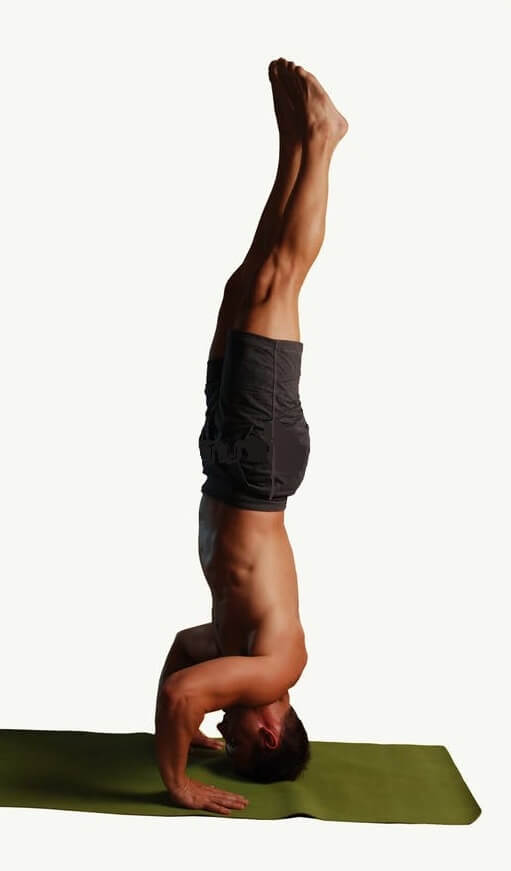
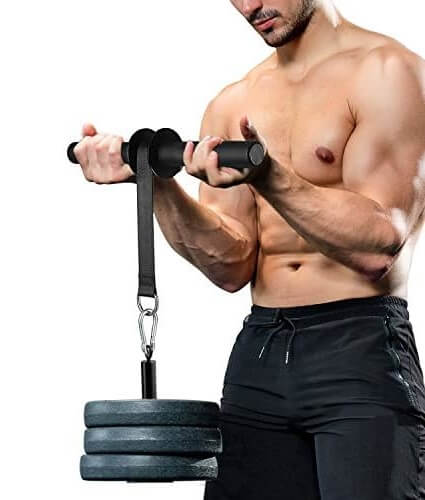
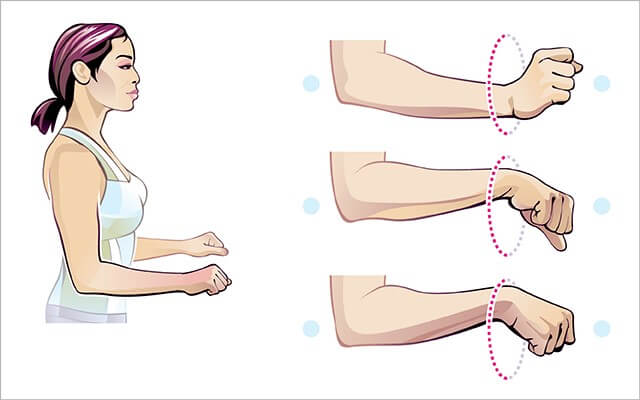
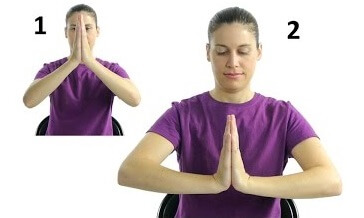 “Image source: Ask Doctor Jo”
“Image source: Ask Doctor Jo”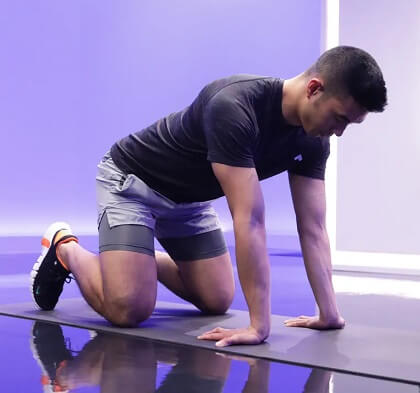 “Image source: Tonal”
“Image source: Tonal”